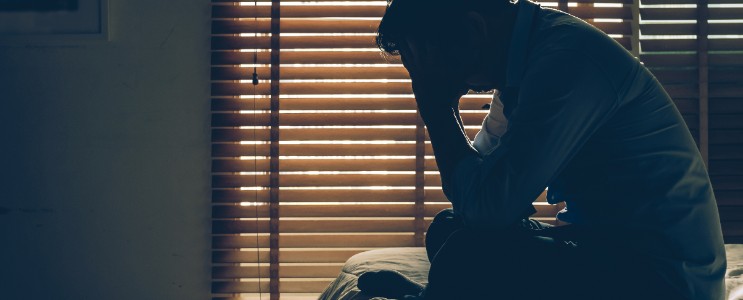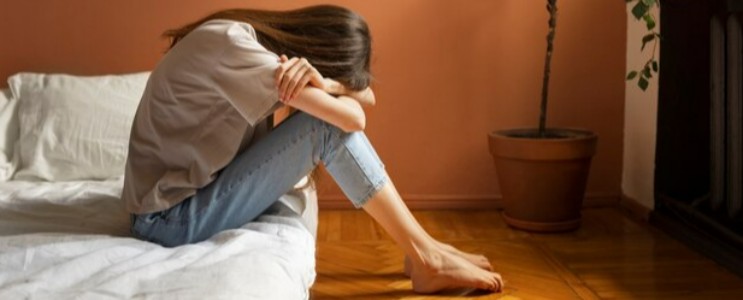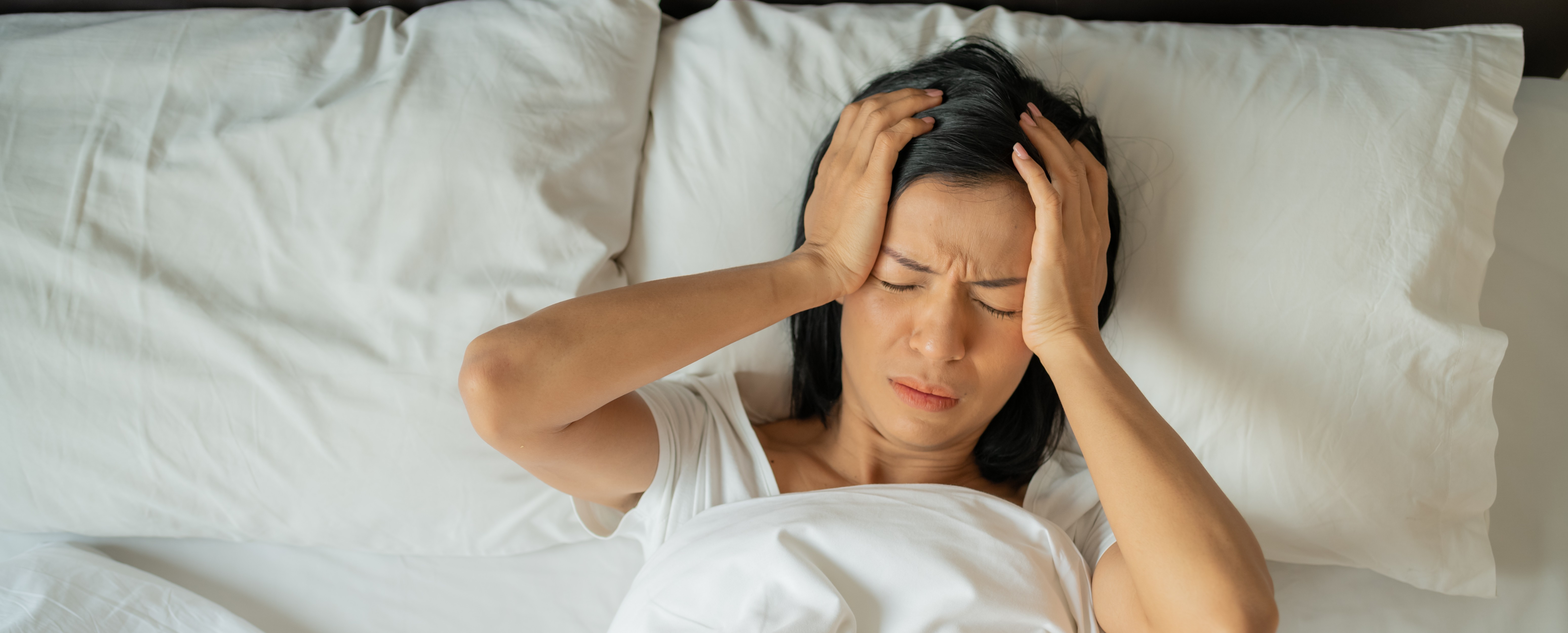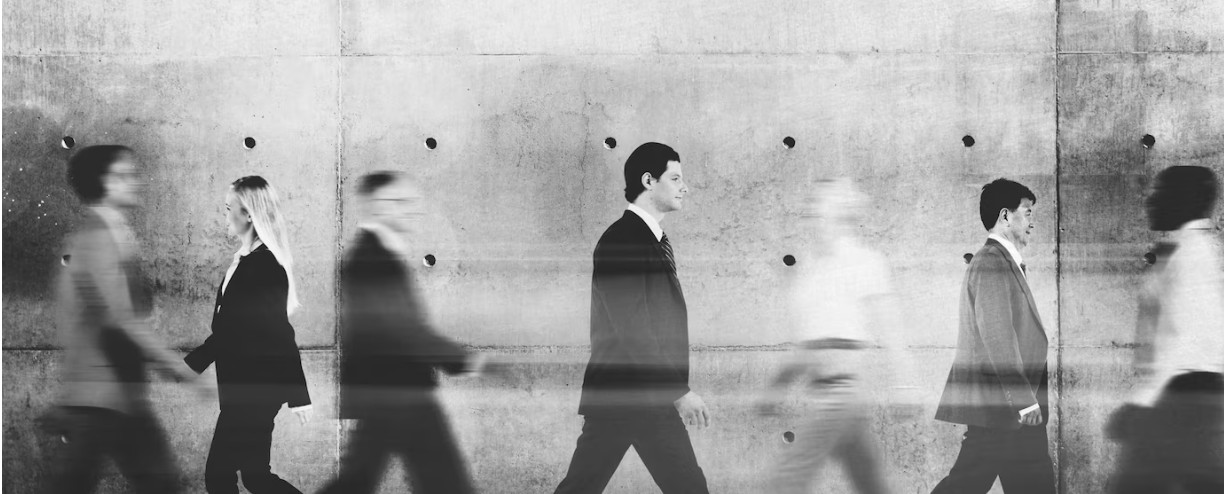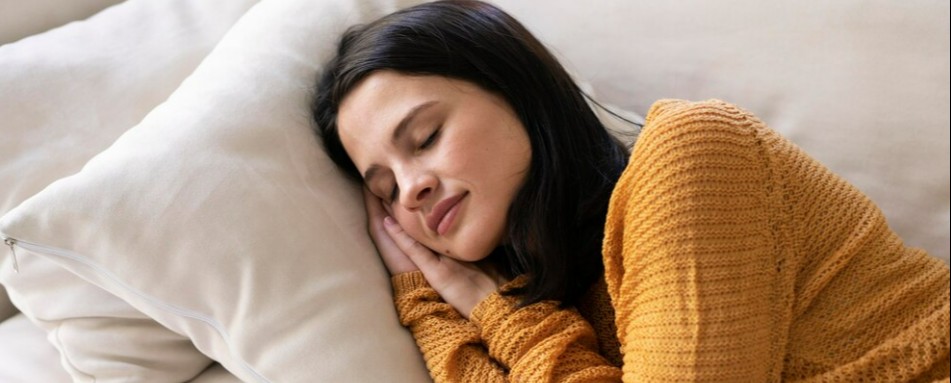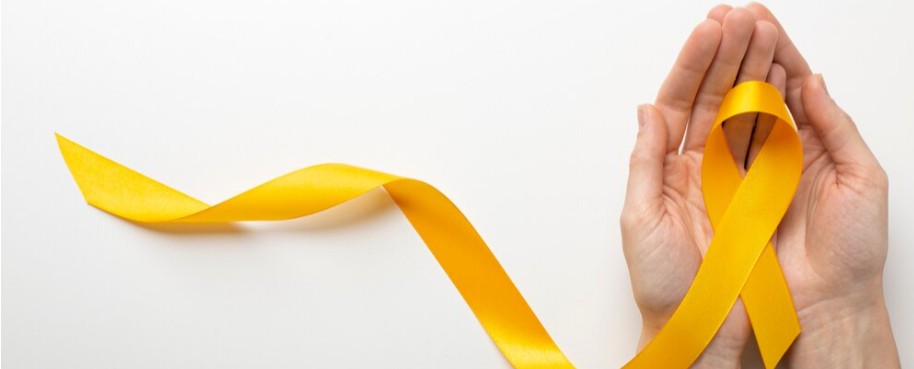
What is Seasonal Affective Disorder- SAD?
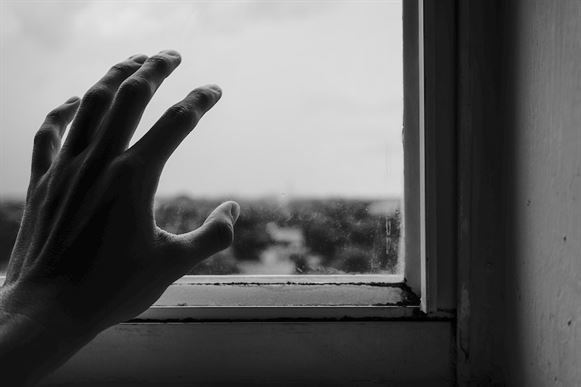
Seasonal affective disorder or SAD is a type of depression that is related to changes in seasons. You may experience symptoms of depression, such as feelings of hopelessness, low energy and difficulty concentrating, during the fall and winter months when there is less natural sunlight. Some people may also experience this during the summer. Here's everything you need to know about seasonal affective disorder, including symptoms, causes and treatment options.
Symptoms of SAD
If you or someone close to you suffers from SAD, you will typically observe the following symptoms:
Physical Symptoms
- Difficulty sleeping
- Fatigue
- Changes in appetite and cravings for carbohydrates.
- Weight gain.
- Lethargy or feeling sleepy during the day
Psychological Symptoms
- Depression
- Anxiety
- Irritability
- Loss of interest in activities you once enjoyed
- Social withdrawal
- Loss of concentration
- Feeling of hopelessness
If you are experiencing any of the above symptoms, it's important to consult with a doctor or mental health professional to rule out other possible causes, such as a physical illness. Your doctor or therapist may diagnose you with SAD if you have experienced these symptoms for at least two years and they follow a seasonal pattern.
Causes of SAD
There is no single cause of the seasonal affective disorder, but it is believed to be linked to the reduced amount of sunlight during the fall and winter months. People who experience SAD in summer may be sensitive to longer days and brighter sunlight. The following are the most widely known causes of SAD:
1. Disruption in The Body's Natural Circadian Rhythms
The reduced amount of sunlight during the fall and winter months can disrupt the body's natural sleep-wake cycle, which can lead to feelings of depression.
2. Deficiency in The Neurotransmitter Serotonin
Serotonin is a chemical which helps regulate mood and its deficiency can lead to feelings of depression.
3. Reduced Melatonin Levels
Melatonin is a hormone which helps regulate sleep and disruption in its levels can lead to insomnia and other symptoms of depression which may cause SAD.
Who is at Risk for SAD?
Research has shown 0.5 to 3% of individuals are affected by SAD globally. 10-20% of individuals who suffer from depression and 25% of individuals who have bipolar disorder typically also have SAD. The following groups of people are more at risk for developing seasonal affective disorder:
1. Women
SAD is four times more common in women than men according to studies.
2. Youngsters
SAD is most common in young adults between the ages of 18 to 30 years, although it can occur at any age.
3. People Living in Colder Climates
People who live farther away from the equator are more likely to experience SAD, due to the reduced amount of sunlight in these areas during the fall and winter months.
4. People With a Family History of Depression
If you have a family member who suffers from depression, you may be more at risk for developing SAD. Research has found evidence that 25 to 67% of individuals who have SAD also have a family member or a close relative who suffers from it. It is also said this disorder may run in families across generations due to certain genetic risk factors.
Treatment Options for SAD
There are several treatment options available for seasonal affective disorder and the most effective approach may vary from person to person. Some people may only require one type of treatment, while others may need a combination of different treatments. The following are some of the most common treatment options for SAD:
1. Light Therapy
Light therapy or phototherapy is a popular treatment option for SAD and involves sitting in front of a light box for 30 minutes to two hours per day. The light box emits a bright light similar to natural sunlight, which can help improve mood and alleviate symptoms. It also makes your body produce more serotonin.
2. Cognitive-Behavioral Therapy
This type of therapy can help you identify and change negative thinking patterns which may contribute to the disorder.
3. Medication
Antidepressants are often used to treat SAD, as they can help improve symptoms of depression. These have to be prescribed by a doctor and typically take several weeks to work.
4. Lifestyle Changes
Making certain lifestyle changes, such as getting regular exercise, eating a healthy diet and avoiding alcohol, can also help improve symptoms of SAD.
If you think you may be suffering from seasonal affective disorder, it's important to consult with a doctor or mental health professional to discuss your symptoms and treatment options. With the proper treatment, seasonal affective disorder can be effectively managed and you can enjoy your life during all seasons of the year.
Articles
Build your awareness and get inspired with our researched articles on how you can strengthen your well-being
Popular Topics
An OTP has been sent to the email address
provided.
Please check your Inbox and Spam folders.

What Would You Like to Speak with a Specialist About?
Mental Fitness Journey starts Now!
Chearful Connects you with Top-tier Qualified Wellness specialists for the Price of a cup of Coffee!

Next Steps
- A Client Team member will reach out to you to schedule a session with the most suitable specialist.
- You will receive an email with a 10% Discount Code* for your 1st session.
- We invite you to Explore the Platform & Sign Up today! *Upto a maximum of $10 discount on a session purchased




 2053 Read
2053 Read




.jpg)









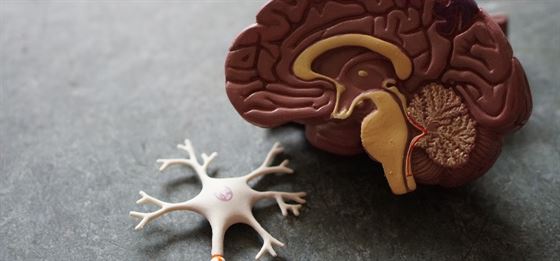
.png)
.jpg)

.jpg)

.jpg)




.jpg)










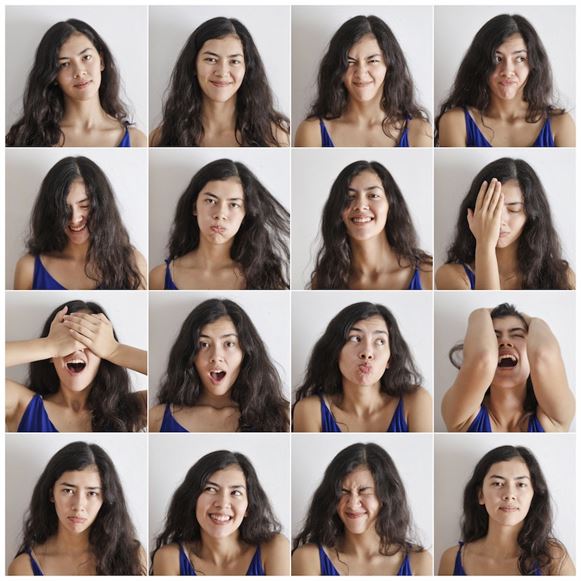









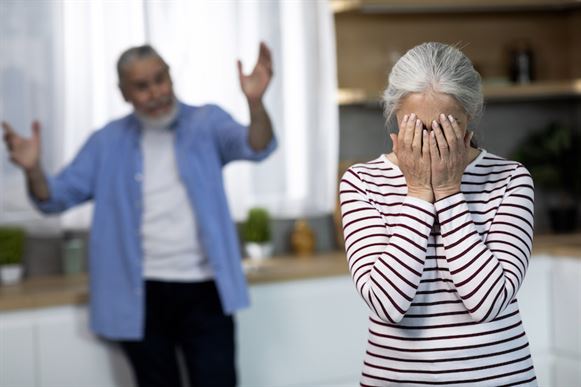
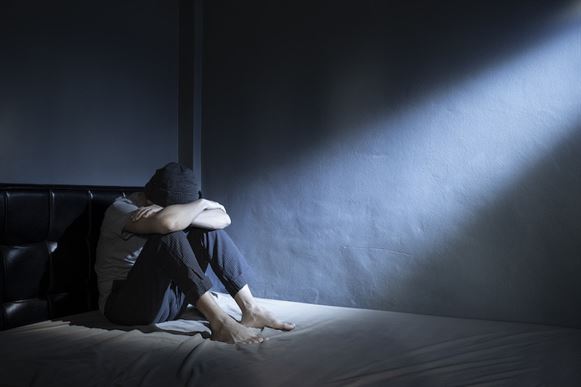
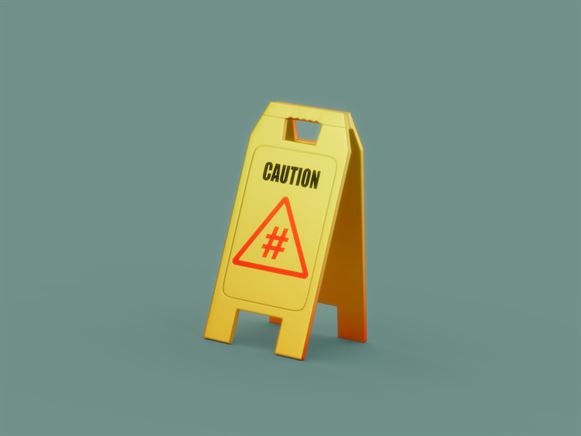




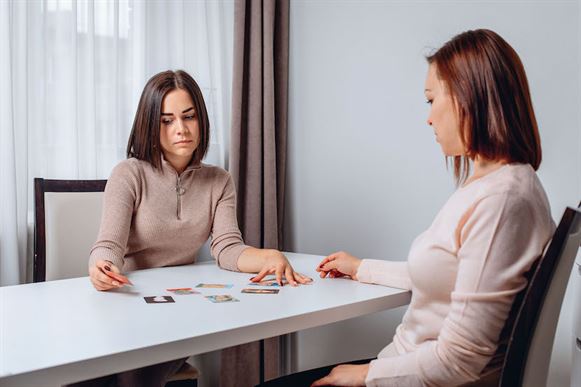





.jpg)


.jpg)
.jpg)























